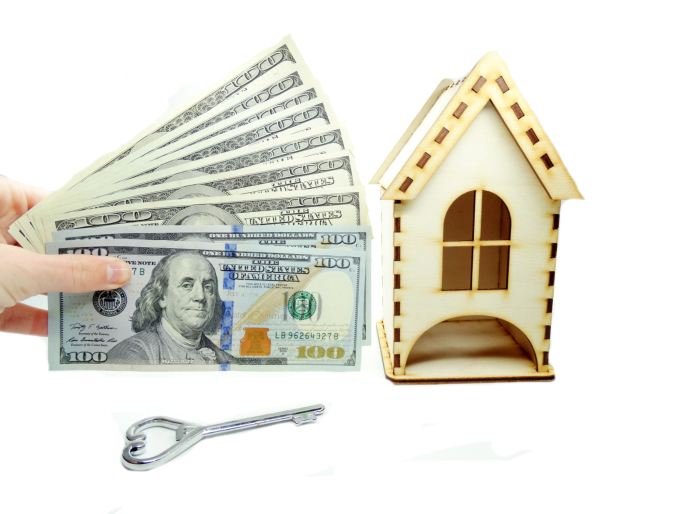The Pros And Cons Of Remodeling During The COVID-19 Pandemic
 Nearly everyone has been impacted by the COVID-19 pandemic in some way. While many people are getting tired of being cooped up in their homes, the home improvement industry has actually been able to stay afloat. Furthermore, it is actually thriving. Because many people are trapped in their homes during the COVID-19 pandemic, many people are thinking about carrying out a home remodeling project. For those who are wondering about the prospects of such an undertaking, it is important to weigh the pros and cons.
Nearly everyone has been impacted by the COVID-19 pandemic in some way. While many people are getting tired of being cooped up in their homes, the home improvement industry has actually been able to stay afloat. Furthermore, it is actually thriving. Because many people are trapped in their homes during the COVID-19 pandemic, many people are thinking about carrying out a home remodeling project. For those who are wondering about the prospects of such an undertaking, it is important to weigh the pros and cons.
The Pros Of Home Remodeling During The COVID-19 Pandemic
There are a few benefits that people should note about remodeling during this time. They include:
- There is more time to plan out the project. With extra time, people can compare costs, take virtual tours of showrooms, and even check out some of the latest designs.
- There are even some brick and mortar showrooms that are still open. While many people are nervous about venturing out during the COVID-19 pandemic, these showrooms are still maintaining proper social distancing measures to keep their staff and customers safe.
- Finally, there are also a handful of discounts available to those who are remodeling during this time. Because they are eager for business, they are often wiling to slash the prices to help someone get their project done.
These are some of the biggest benefits for people to note; however, there are also a few drawbacks as well.
The Cons Of Home Remodeling During The COVID-19 Pandemic
Some of the disadvantages of trying to start a home remodeling project during this time include:
- There might be a shortage of materials available to carry out the project. It might take time for companies to restock their inventory, delaying the start of the project.
- While some items are cheaper, others are more expensive because the supply has dried up.
- For those who might being a challenging financial situation during the pandemic, there is a risk of spending too much money as the project gets going.
For these reasons, it is important for everyone to carefully weigh the pros and cons of starting a home remodeling project during this time. While there are some attractive offers, everyone’s individual situation is different. People need to think about what is right for them.

 Owning a home may be the American dream, but for many who are in a lower income bracket, finding a loan can become challenging. Thankfully, there are several loan programs that can work well for lower income people considering homeownership. Here’s a closer look at some of these home loans designed to help people who have a low-to-moderate income find a way to buy a home.
Owning a home may be the American dream, but for many who are in a lower income bracket, finding a loan can become challenging. Thankfully, there are several loan programs that can work well for lower income people considering homeownership. Here’s a closer look at some of these home loans designed to help people who have a low-to-moderate income find a way to buy a home. There are numerous steps involved in the process of buying a new home. It is important to go through the mortgage qualifying process before looking at dream houses. This gives people an idea of how big a house they can afford. Sometimes, individuals looking for a house might not get a loan that is big enough to cover their dream house. There are ways to qualify for a larger loan; however, one of the fastest methods is to use a co-signer.
There are numerous steps involved in the process of buying a new home. It is important to go through the mortgage qualifying process before looking at dream houses. This gives people an idea of how big a house they can afford. Sometimes, individuals looking for a house might not get a loan that is big enough to cover their dream house. There are ways to qualify for a larger loan; however, one of the fastest methods is to use a co-signer. If you are looking for ways to save money on your mortgage, refinancing might be a good option. For those who might not know, refinancing can help a homeowner reduce monthly mortgage payments by switching to a lower interest rate.
If you are looking for ways to save money on your mortgage, refinancing might be a good option. For those who might not know, refinancing can help a homeowner reduce monthly mortgage payments by switching to a lower interest rate.  While a mortgage is a necessity for many people who have the dream of owning a home, it is also a form of debt. Most people do not like owing money to someone else. Therefore, homeowners might be looking for ways to pay off their mortgage early. The reality is that people are charged interest for having a mortgage. If a mortgage is paid off early, this is less money than the bank will take and more money in the pockets of homeowners.
While a mortgage is a necessity for many people who have the dream of owning a home, it is also a form of debt. Most people do not like owing money to someone else. Therefore, homeowners might be looking for ways to pay off their mortgage early. The reality is that people are charged interest for having a mortgage. If a mortgage is paid off early, this is less money than the bank will take and more money in the pockets of homeowners.